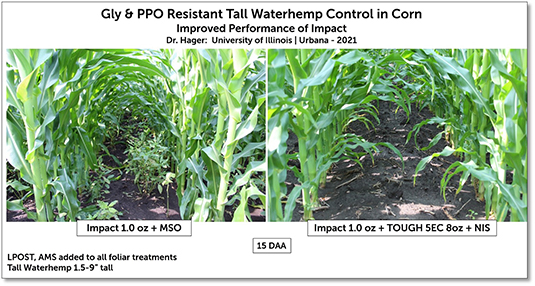Soybean Specialist: Some Farmers May Need To Revise Planting Intentions
Some Indiana soybean farmers are now facing crucial decisions on how to recover from erratic weather that is either delaying their plantings or forcing them to replant, said Purdue Extension soybean specialist Shaun Casteel in Purdue Agriculture News.
Farmers in many areas still needed to plant soybeans as of the first week of June because of large amounts of rain, while others may need to replant. Casteel likened the spring warm-up and field dry-out conditions to a roller coaster.
“Just like any good roller coaster, the rise of temperatures peaked so it could plummet downward while the intensity and frequency of rain skyrocketed,” Casteel said. “All this occurred in our typically prime planting weeks.”
He noted that only a third of Indiana’s soybean crop was planted by May 18. But farmers caught up over the following two weeks by getting nearly half of the crop in the ground. As of June 1, they had planted 81% of it. There were late plantings in three of the past five years.
The need for planting adjustments is greatest for farmers in the central and northern parts of the state. Farmers in the southern half generally have more time because of the longer growing season there.
Casteel said farmers still planting soybeans in June need to consider seeding rates, row width and the maturity group of seeds.
“We need to set the stage for the best possible return on late plantings,” he said.
He offered this guidance:
• Seeding rate: Planting in the first half of June requires increasing seeding rates 10-20 percent to foster quicker row closure and higher pod height with fewer days to flowering. Increased seeding rates will also be needed in those fields that have heavy corn residue, which has been prevalent this planting season because of limited breakdown over the winter.
Farmers who typically plant 140,000 seeds per acre in 15-inch rows should increase the rate to about 170,000 seeds per acre in the second week of June; 185,000 in the third week; and 200,000 in the fourth week. Soybeans will produce fewer main-stem nodes (attachment points of trifoliates and ultimately pods) as planting is delayed, so the increased seeding rates will also help to overcome the shortage in node production.
• Row width: Farmers planting 30-inch rows should consider planting narrower rows with the limited time to flowering. Soybeans typically have a yield advantage of 5-10% for soybeans planted in narrow rows (15 inches or less) compared with wide, 30-inch rows.
“This difference will be even more prominent in late-planting situations,” Casteel said.
Wide rows take nearly 25 days longer to canopy compared with 15-inch rows and 40 days longer than 7.5-inch rows.
• Maturity group: Full-season varieties should be planted until June 15 for the northern quarter of the state, June 20 for the central half and June 25 for the southern quarter. Varieties should be dropped by one-half maturity group from the full-season variety for the area, such as from 3.5 to 3.0, after those dates and planted for another two weeks before farmers consider other alternatives. The lower the maturity group the faster the plant will develop flowers, pods and seeds.
“If you are in a very late planting situation, I suggest back-dating 90 days from the typical fall freeze in your region to determine if you have enough growing season to mature a soybean crop,” Casteel said. “My hope is that you will not need to make that determination.”






